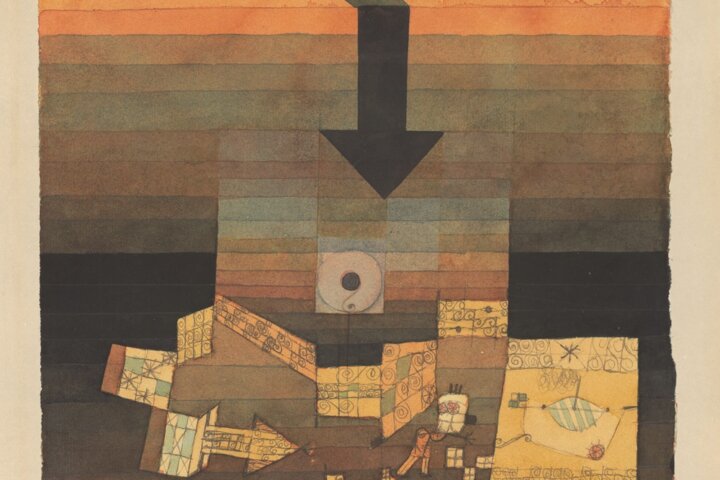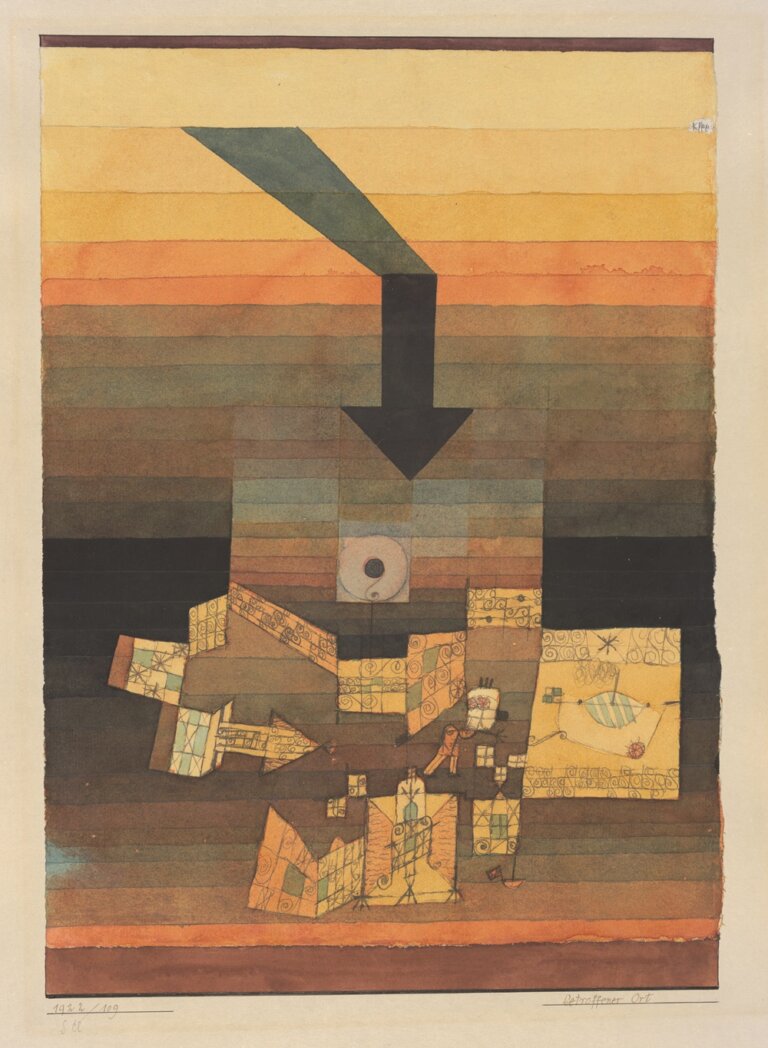Philosophy
All art is a synthetic representation of the real world, as seen or felt by the artist. However, if we hold that art with a powerful resonance to move people is beneficial to society, then we can suggest that 'Synthetic' art may be considered as having been made with no real 'vision' to resonate with others.
Paul Delaroche said: "From today Painting is Dead" [link to exhibition year]
We could argue that photography is the most real art of modern times, since it shows what is there in the environment. in that respect it is merely a recording instrument, and does not add any individual 'dressing' or 'vision' to the images, other than what can be edited afterwards.
Starting from the idea that art is made when the artist resonates with a perception and wishes to express it - we can ask if there can be a point at which such expression has little or no quality to resonate with viewers, emotionally. Is it a 'good' or an 'uplifting' visual experience, do it represent the best in life? Does it represent a troubled life, as many artists have depicted. See the large deep red canvases by Rothko before he committed suicide. You only have to sit in the room with them to feel his immense dark cloud.
We can consider what is good resonance for public consumption; be it something natural which pleases us by its reminder of the natural world or of abstract ideas which portray a vision: then we might say by comparison that art which does not have an inspiration from 'beautiful vision' lacks a philosophy which might be important to communicate - and ultimately to enhance society in any era.
Is art for the people or as self indulgence for the artist? Any commercially viable art has to relate to the majority of people. Most people want to see 'nice' representations of the world, which is why photography is so popular.
Materials and techniques may be 'synthetic' but the art can still have a resonant vision.
[Note: Which symbols of civilisation and knowledge will survive as great art? In 2020s video music art is currently working in the Symbolist tradition with fantasy landscapes and symbols from a mythological past, looking towards a fantastic future journey in the cosmos.]
Philosophy in Art: Historic information to support extracts and quotes from arts discussion pages here, such as artists and writers who mention influence of philosophers. for example: Herbert Read in ICON AND IDEA refers to Hegel often. [art history philosophy to be added]
Ideas and conclusions about modern art from present day philosophers; for example Steven Hicks and Ian McGilchrist, will be discussed here.




